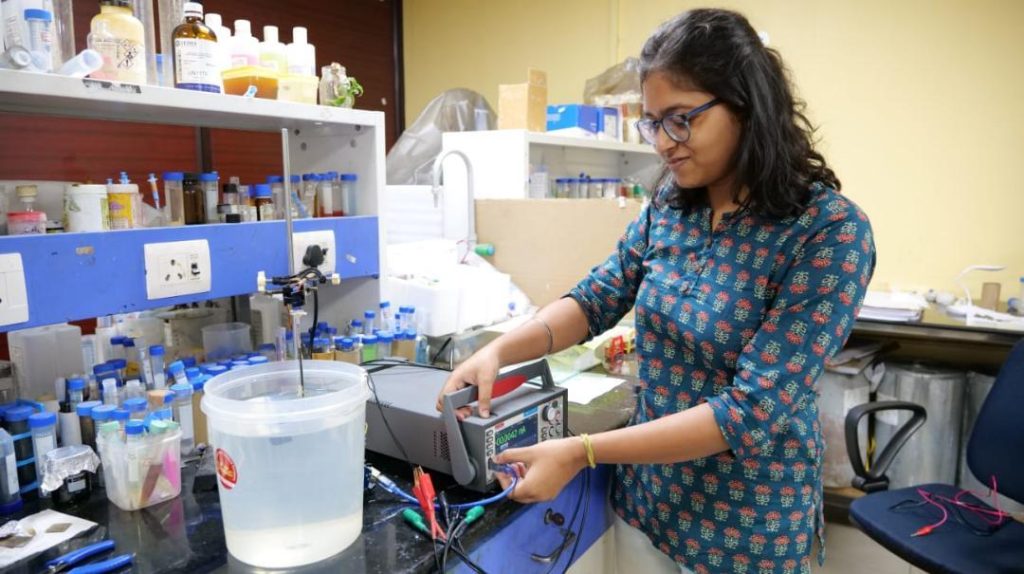
IIT Guwahati with Ohio University build sensor for voice-disabled
In a groundbreaking achievement, Indian Institute of Technology (IIT) Guwahati, in collaboration with Ohio University, has developed an innovative underwater vibration sensor that enables automated, contactless voice recognition. This revolutionary technology has the potential to transform the lives of individuals with voice disabilities, offering a novel communication method without the need for audible sound.
The sensor, designed for individuals who are unable to produce audible speech due to various voice disabilities, detects subtle water waves created by exhaled air during speech attempts. This novel approach enables the sensor to convert these vibrations into voice commands, allowing users to communicate effectively without relying on audible voice.
The underwater vibration sensor is a significant breakthrough in the field of assistive technology, as it provides a new dimension to communication for individuals with voice disabilities. Traditional methods of communication, such as writing or using alternative augmentative communication (AAC) devices, can be limiting and often require significant cognitive and physical effort. In contrast, the IIT Guwahati-Ohio University sensor offers a more intuitive and accessible means of communication.
The sensor works by detecting the subtle water waves created by exhaled air when an individual attempts to speak. These waves are then analyzed using deep learning algorithms to recognize the intended voice commands. The sensor is designed to be worn on the wrist, similar to a smartwatch, and can be used in a variety of settings, including in the water or on land.
The development of this sensor is a testament to the collaborative efforts of researchers from IIT Guwahati and Ohio University. The team, led by Dr. Pranab Samanta from IIT Guwahati and Dr. Suresh K. Natarajan from Ohio University, has been working on this project for several years, overcoming numerous challenges and setbacks along the way.
“Developing a sensor that can detect subtle water waves and convert them into voice commands was a complex task,” said Dr. Samanta. “We had to overcome numerous technical challenges, including noise reduction, signal processing, and machine learning algorithms. However, our collaboration with Ohio University made it possible to achieve this breakthrough.”
The sensor has the potential to revolutionize the lives of individuals with voice disabilities, such as those with amyotrophic lateral sclerosis (ALS), Parkinson’s disease, or traumatic brain injuries. These individuals often struggle to communicate effectively, leading to feelings of isolation and frustration.
“Communication is a fundamental human right, and everyone deserves to be heard,” said Dr. Natarajan. “This sensor has the potential to give voice to individuals who have been silenced by their disabilities. We are excited to see the impact it will have on their lives.”
The sensor is also expected to have applications in various fields, including healthcare, education, and research. For example, it could be used to monitor patients with respiratory conditions, such as chronic obstructive pulmonary disease (COPD), or to collect data on marine life and ocean currents.
The IIT Guwahati-Ohio University sensor is a shining example of the power of collaboration and innovation in addressing complex challenges. As researchers continue to refine the technology, it has the potential to transform the lives of individuals with voice disabilities and beyond.
Source:






